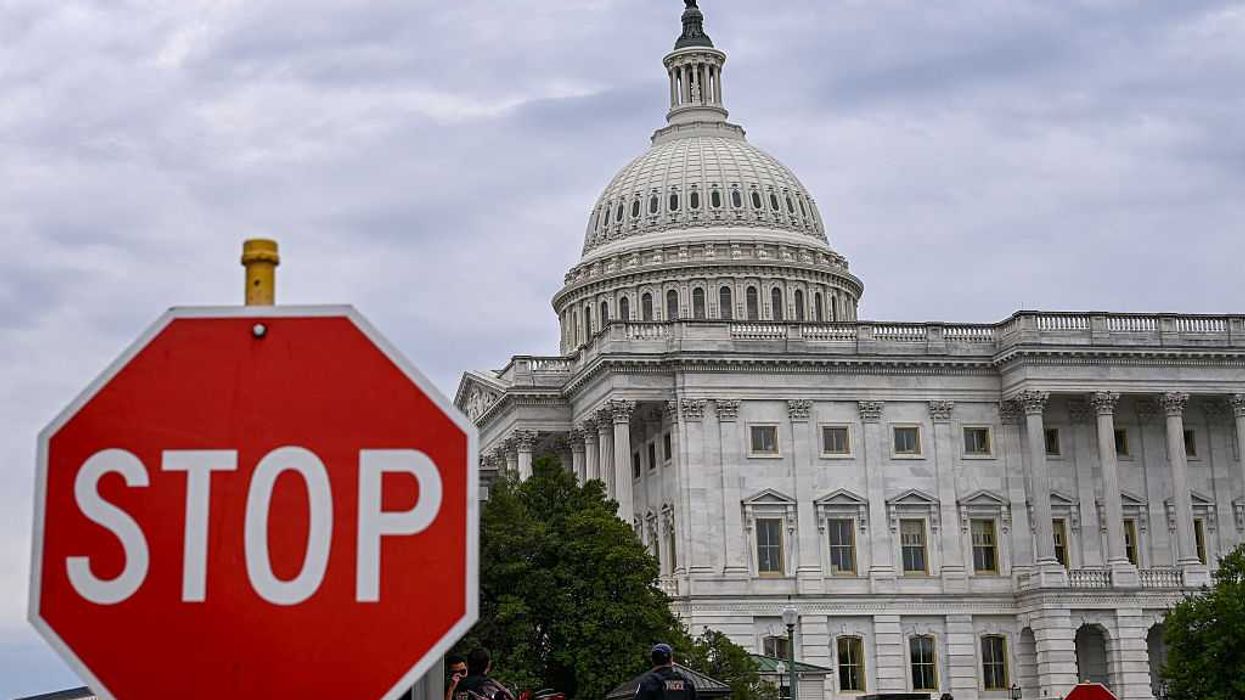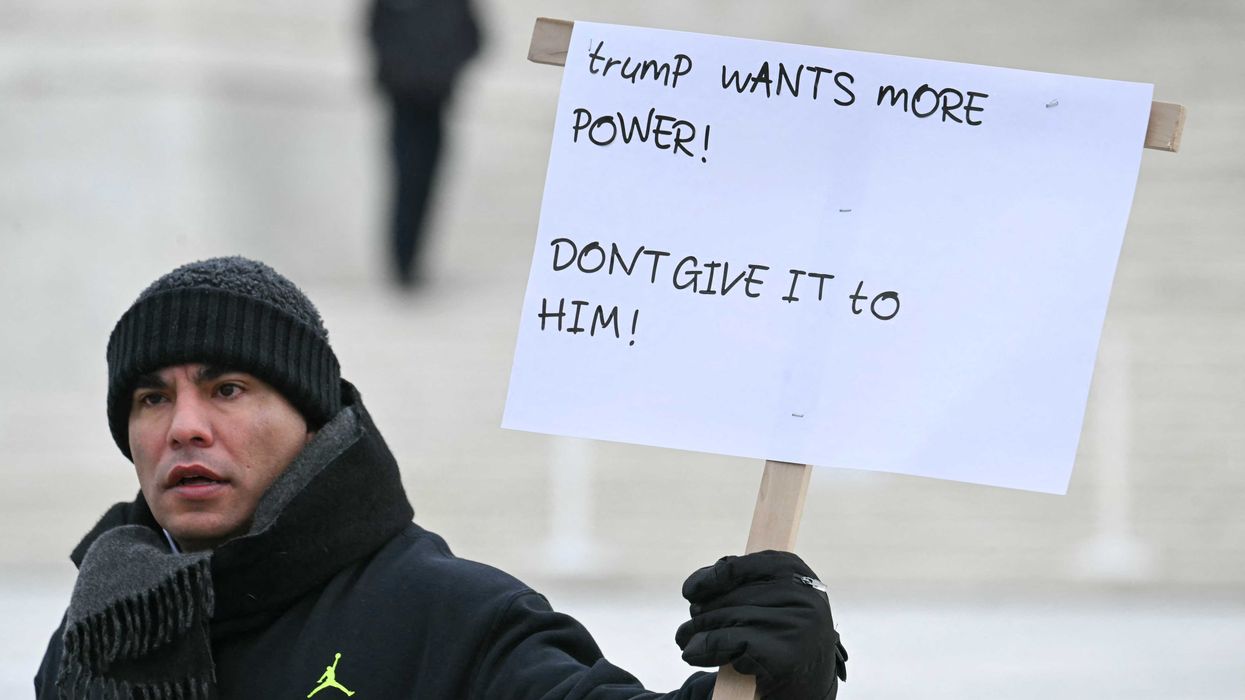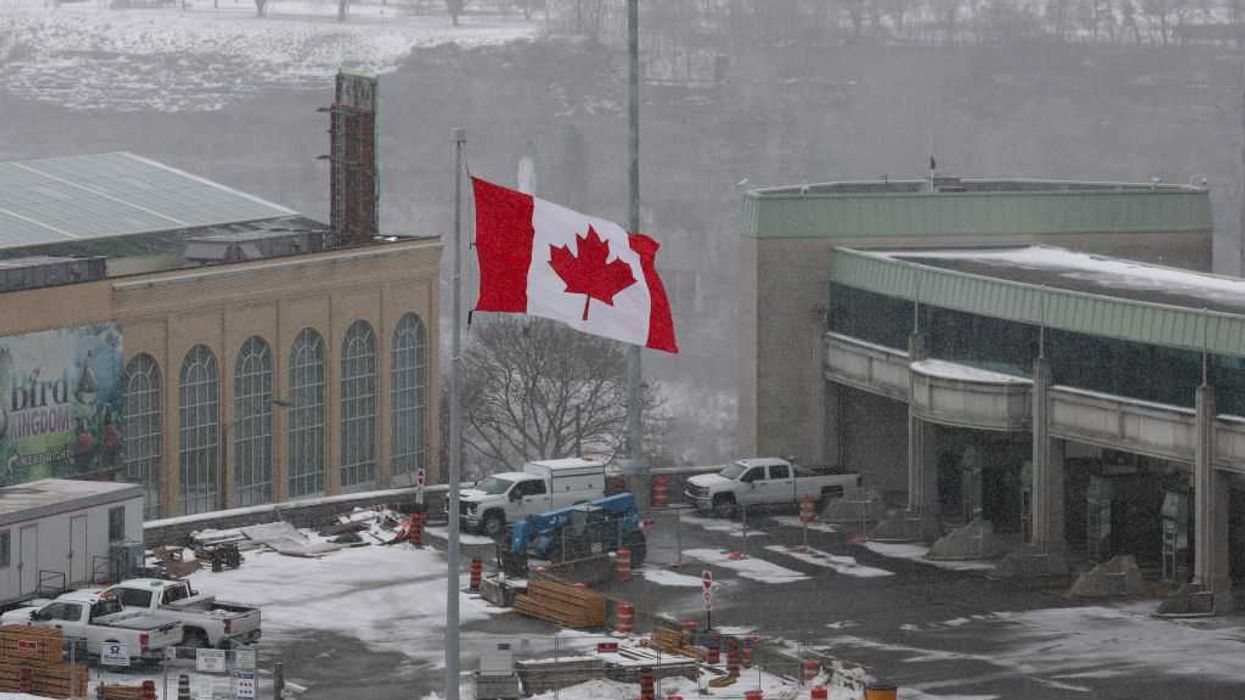When the shooting in Charleston happened, Glenn said that the evil actions would lead to good. Americans from all over the world came together in support of the community shattered by the shooter, and small miracles started to happen. Kayla Hall witnessed one such miracle as she drove to meet Glenn and others who were gathering in South Carolina. What did she see?
Glenn: I want to share something that I read on Facebook. Actually, I want to bring the woman in that wrote it. Kayla Robinson Hall is with us. She wrote something on Facebook. I reposted it, and now it’s over 53,000 likes and has been passed on I don’t know how many times. She was on her way to march with us on Friday, and an amazing moment happened at a gas station. Kayla joins me now. Hi, Kayla.
Kayla: Hi, Glenn. How are you?
Glenn: Very good. I know that you did make it to the rally.
Kayla: I did.
Glenn: Good. And you brought your three boys.
Kayla: Yes, sir, I did.
Glenn: And how old are they?
Kayla: I have a nine-year-old, a seven, and a six.
Glenn: Okay. Why did you come?
Kayla: I love this community, but I was actually struggling if I should come or not. It just kind of gave me some anxiety thinking about taking my boys. My husband was out of town. The morning after the shooting, my nine-year-old came in my room. He had turned the TV on before I knew what he was doing. He was concerned and said, “Mom, this happened at a church. Why? And could it happen at our church?” I kind of took a minute before I reacted, and I thought I need to take him down there so he’s not scared so that he can feel how good people can be and how united we can be even when things are very scary.
Glenn: So, you’re on your way, and you stop at a gas station. Tell me what happened.
Kayla: Okay, so before I left, I prayed that everything would be okay, we’d be safe, and that I could reach out some small way. While I was pumping gas, I was looking around me. It was almost like the day after 9/11 when you just wanted to hug everybody you saw. I went into the gas station, and I kept trying to make eye contact with people. It just wasn’t happening.
I went out. I was done pumping my gas, and I just hear this gentleman yell, “Young lady.” I turned around, and without even a thought of his age, his race, the hat he was wearing, I just ran to him, and I started to try and push his car. He was pushing it from the highway. I said let me help you. He refused and said no, ma’am, no, ma’am. I said I can push it. I’m strong. I want to help. He just said I might have one eye and one leg, which was evident, but I can push this car. I just need you to move your car.
Glenn: So, hang on, I think you just got a commercial on your laptop. He said I have one arm or I mean I have one leg and one eye. He lost that in Desert Storm, right?
Kayla: Yes, sir. I asked him, I said, “How did you lose your eye and your leg?” And he said, “Serving my country in Desert Storm.”
Glenn: He was on his way to the same thing?
Kayla: Right. I wasn’t clear if he was going down to pass out waters at the church or pray. He said I’m on my way downtown to go to the Mother Emanuel AME Church. I said so am I, and we both just hugged. We just hugged. He said I just need $6.00 to get downtown. I said I really want you to get back home from downtown. I don’t just want you to get downtown. I ran and got my wallet, and as I’m pumping, I get to six, and he says that’s good. I just waved him off, and I said I know how much it costs to get downtown, and I want you to get back.
So, I kept going. Then we hugged again, and I asked him, “Can I take a picture with you? I want to never forget your face.” And he said yes, ma’am, and so we took a picture together. I sat in the car, and I just posted it because there was so much negativity outside and sadness, and I thought if I can post this, maybe people will realize that we love each other and we want to help.
Glenn: So, Kayla, I said on what, Thursday, that a miracle was going to happen there. Do you think you found yours?
Kayla: Absolutely. I’ve had an overwhelming response. But even at the church—I was walking right behind you, by the way—even at the church, I took a step back with my three boys, and we just kind of hugged each other. I said a little prayer in our own circle and asked them to really think about the people that had passed away and what they were doing. They weren’t in the wrong place. They weren’t doing the wrong thing, and evil came. But look what was happening. I had them look everywhere. And then somebody mentioned please meet a stranger next to you, and some men came over to us. He kind of had some African garb on, and my little one said, “Where are you from?” He said, “I’m from here in Charleston.” My little one just went and hugged him. It was just a really special moment for my boys and me.
Glenn : Kayla, I hope that I can meet you, and maybe you’ll join us in Birmingham, Alabama the end of the summer because it’s going to be a special time too. I’d love to meet you in person, and I want to thank you so much for sharing it. I saw it on Father’s Day, and it made my Father’s Day. Thank you.
Kayla: Thank you, Glenn, for inviting the community to come together in one spot. It was a blessing.

 ALEX WROBLEWSKI / Contributor | Getty Images
ALEX WROBLEWSKI / Contributor | Getty Images
 JIM WATSON / Contributor | Getty Images
JIM WATSON / Contributor | Getty Images Joe Raedle / Staff | Getty Images
Joe Raedle / Staff | Getty Images AASHISH KIPHAYET / Contributor | Getty Images
AASHISH KIPHAYET / Contributor | Getty Images